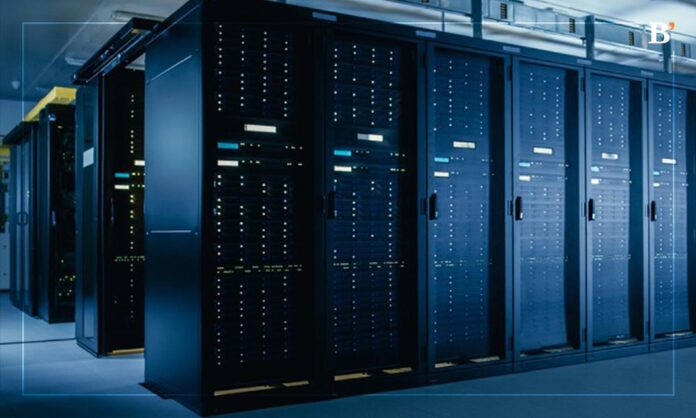Key Highlights
- Virtual private networks (VPNs) have evolved from when companies leased time-division-multiplexed (TDM) lines and connected their routers.
- That approach concentrated on companies how to network sites, and they currently think about networking with people instead.
Data center architecture has been evolving, mainly due to virtualization and the concept of resource pools rather than dedicated hosts. The data center is now more dynamic than it used to be, meaning the data center network has become much more agile and elastic. There is horizontal and vertical traffic between application components, cloud front-end GUIs, the internet, and users.
SLAs For Latency Guarantees
Fabric architectures for the data center are critical due to the issue of latency. Componentization of applications, the separation of databases from applications, and the increased interactivity have combined to make applications sensitive to network delays. That sensitivity is addressed in the data center by fabric or low-switching architectures, but it also impacts the rest of the network.
Few CIOs have added latency requirements in their SLAs in the past. CIMI Corporation survey data shows that in 2023, more than half of the new network contracts written will include latency requirements, up 15% from 2022 and double the level of 2021.
Mesh/ fabric architectures connect everything with minimal delay, but universal connectivity is not always good. Data center networks can employ direct connection control, software-defined networks (SDN), or a virtual network to control connectivity.
Both separate connection control from traditional IP discovery and advertise flow management models. Since they were initially developed for cloud computing, they have also gained some acceptance in the WAN.
A variant of virtual networking that started in the DC, the software-defined WAN (SD-WAN), is gaining traction. SD-WAN emerged as a way to leverage the internet to link small sites to the corporate VPN. But, currently, it is growing as fast in the cloud as in remote branch locations.
SD-WAN and DC network technology may combine to create the network of the future since the cloud is an extension of the data center.
Companies Can Append $460 Bn To Profits With Better AI Implementation




